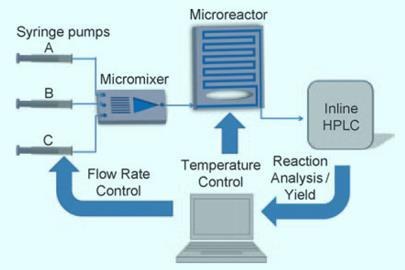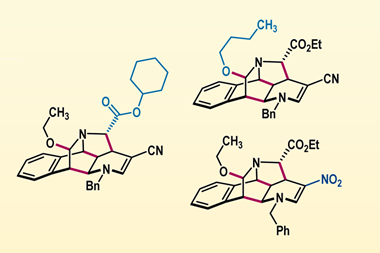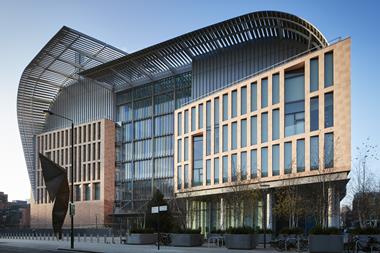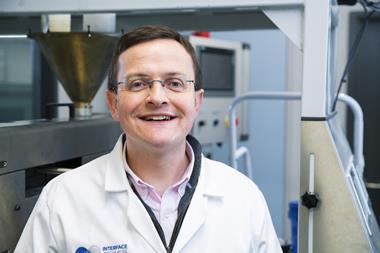Automated system for optimising reaction conditions in a microreactor will be a boon to chemists, saving on time and reagents, say US researchers
Chemists in the US have developed a microreactor system which automatically calculates the optimal conditions for the chemical reaction it is undertaking. Once computed, the conditions can then be applied to a larger-scale reaction system. The researchers say their approach can save hours or days of tedium in the laboratory, by eliminating many manual experiments that would otherwise be required, as well as reducing the amounts of reagent needed.
To demonstrate the system, the research team from the Massachusetts Institute of Technology used the reaction of 4-chlorobenzotrifluoride with 2,3-dihydrofuran - an example of a Heck reaction, widely used in organic synthesis. Three syringe pumps containing the various components of the reaction were fed into a mixer, which in turn was connected to a 140ul microreactor. The yield of product was measured by high performance liquid chromatography (HPLC), whose results were passed to a computer programmed with an ’optimisation algorithm’. This enables the computer to take information about parameters such as flow rate, temperature and concentration of reactants, relate them to the yield, and then adjust them intelligently - based on the readings from the previous cycle - to produce gradually higher yields of product. The computer is also connected to the apparatus that controls flow rate, temperature, reactant concentration and so on, enabling these adjustments to the experimental conditions to be made automatically.
Within 2 days and after multiple cycles the system had arrived at the optimal conditions for a product yield, in this case, of 83 per cent.

’We then wanted to see if we could use this information to scale the experiment up,’ says team member Klavs Jensen. Using the conditions calculated by the microreactor system, the experiment was scaled up to a reactor representing a 50-fold increase in volume. ’The same optimal conditions applied at this larger scale,’ says Jensen.
The researchers say that their system should be applicable to many reactions that can be conducted in a microreactor and could result in far less time and material being expended on finding the optimal conditions for a reaction - something that is key in organic chemistry. Furthermore a range of optimisation algorithms exist which can be applied to a variety of complex reaction scenarios. An added bonus, says Jensen, is that the system automatically calibrates the HPLC - ’one of the more tedious parts of doing this kind of work by hand.’
Commenting on the work, Kaspar Koch, managing director of FutureChemistry, a company based in the Netherlands specialising in microreactor technology, says, ’Conventional industrial optimisation methods are still laborious and environmentally unfriendly due to the large consumption of chemicals required. This new research exemplifies the advantages of microreactor technology in a low-waste reaction self-optimisation system consuming only minute amounts of starting materials - another significant step forward to smarter and greener chemistry.’
Simon Hadlington
References
et alAngew. Chem. Int. Ed., 2010, DOI: 10.1002/anie.201002590






No comments yet